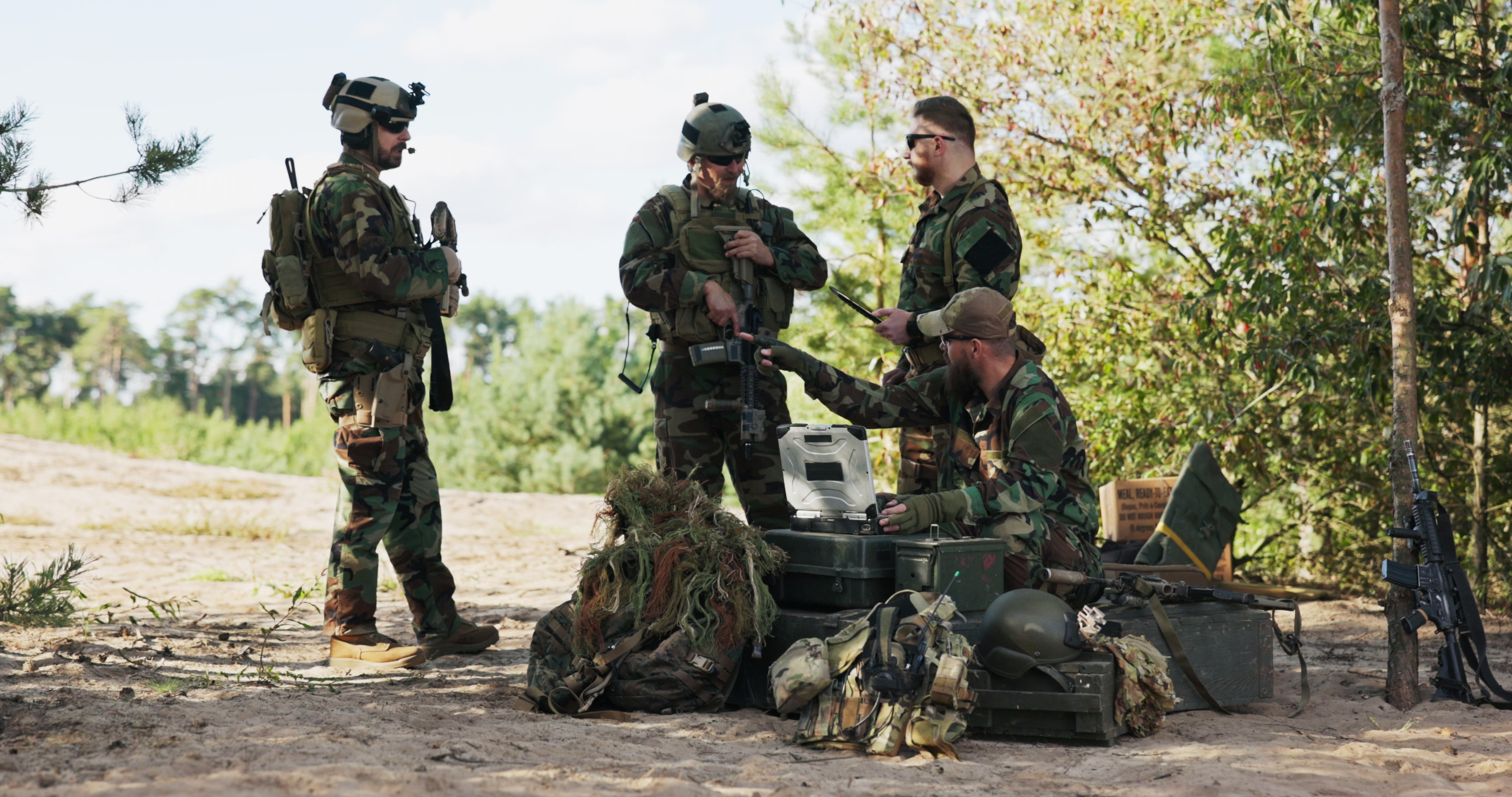Quick Summary: On remote worksites or during power outages, getting a hot, safe meal can be difficult. That’s why more field crews and industrial teams are switching from canned food to Genuine U.S. Military Surplus Ready-to-Eat Meals (MREs). Designed for soldiers but trusted by professionals, MREs deliver complete nutrition, durability, and convenience wherever the job takes you.
Why Field Crews Need Reliable Meal Solutions
In construction, utility maintenance, disaster response, and logistics, crews often work in locations without access to kitchens or restaurants. Power failures, limited refrigeration, and unpredictable weather can make meal breaks a challenge. That’s where genuine military surplus MREs come in — a ready-to-eat solution built for the toughest field conditions.
1. No Kitchen or Equipment Required
Each MRE includes a self-heating element that activates with just a small amount of water. Workers can enjoy a hot meal anywhere — no stove, electricity, or microwave needed. This is ideal for construction zones, mobile command centers, or emergency response teams.
Even without heating, the food is fully edible right out of the pouch, making it perfect for worksites with limited resources or strict safety rules that restrict open flames.
2. Long Shelf Life for Supply Stability
Unlike canned goods, which can dent, rust, or expire within a year, MREs are vacuum-sealed and shelf-stable for 3–5 years. They don’t require refrigeration, reducing the need for cold storage logistics. Employers can store them in supply lockers, vehicles, or emergency kits for long periods without waste or spoilage.
3. Portable and Lightweight Packaging
Cans are heavy, bulky, and difficult to transport in large quantities. MREs are compact and lightweight, allowing crews to carry multiple meals in a backpack or utility bag. This makes them perfect for remote jobs like powerline repair, pipeline inspection, or wildfire containment zones.
4. High-Calorie Meals for Physically Demanding Work
Each MRE contains approximately 1,200 to 1,300 calories, providing a complete macronutrient balance of proteins, carbohydrates, and fats. The caloric density supports sustained energy throughout long shifts and physically demanding tasks.
Typical MRE components include:
- Main entrée (e.g., chili, pasta, chicken, or beef options)
- Side dish and snack (crackers, peanut butter, or fruit spread)
- Beverage mix (electrolyte drink, coffee, or cocoa)
- Dessert and condiments
- Utensils and flameless heater
5. Built for Extreme Environments
Military MREs are engineered for survival in heat, cold, and humidity. The sealed packaging is waterproof, puncture-resistant, and tamper-proof. That durability means fewer damaged meals in transit and dependable performance on-site, even in heavy rain or freezing conditions.
Bonus: Easier Waste Management
Each meal comes in a compact, disposable bag, minimizing cleanup and waste. Unlike cans that require openers and disposal bins, MREs can be safely packed out with minimal environmental impact — a major plus for mobile operations or wilderness sites.
MREs vs. Canned Food: A Quick Comparison
| Feature | Military Surplus MRE | Canned Food |
|---|---|---|
| Preparation | Ready to eat, self-heating | Requires can opener or stove |
| Portability | Lightweight, compact | Heavy and bulky |
| Shelf Life | 3–5 years | 1–2 years |
| Storage | No refrigeration required | May require temperature control |
| Durability | Shock-resistant, waterproof packaging | Can dent or rust |
| Nutritional Balance | Complete meal with beverage and dessert | Single food item |
Best Practices for Worksite Implementation
- Include MREs in emergency response kits for field crews and supervisors.
- Store boxes in work trucks or dispatch areas for quick access during outages or travel delays.
- Train employees on how to use the flameless heaters safely.
- Rotate inventory every 2–3 years and record lot numbers for traceability.
- In cold-weather regions, pre-warm the MRE pouch near the body before activation to improve heating performance.
Conclusion
When it comes to feeding field crews quickly and safely, Genuine Military Surplus MREs are unbeatable. They eliminate the need for cooking equipment, offer reliable nutrition, and survive the rigors of industrial environments — all while saving time and reducing waste. Ditch the cans and upgrade to a smarter, safer solution for your job site.
Explore Military Surplus Ready-to-Eat Meals (12-Pack) today at eSafetySupplies.com — your trusted source for industrial and emergency preparedness supplies.
People Also Ask
Why are MREs better than canned food for field workers?
MREs are lighter, more durable, and ready to eat without extra tools or cooking. They provide full meals in one pack, saving time and space compared to cans.
How many MREs should a work crew keep on hand?
Plan for three meals per worker per day for a minimum of three days. Keep extras in fleet vehicles or job-site storage for unexpected delays.
Do MREs require heating or cooking?
No cooking is required. Each MRE includes a flameless heater that activates with a small amount of water, or meals can be eaten cold if necessary.
Are military MREs safe for civilian use?
Yes. These are authentic military surplus rations available for public purchase and safe for use in civilian emergency or worksite settings.
Where can I buy military MREs online?
You can buy Genuine U.S. Military Surplus MRE 12-Packs directly from eSafetySupplies.com — stocked and shipped from the U.S.
About the Author
Mick Chan is a Safety Supplies industry professional with over 15 years of experience in OSHA compliance, PPE procurement, and emergency preparedness planning. Based in Southern California, Mick advises companies on how to meet regulatory standards while protecting workers in high-risk environments. His expertise bridges compliance and practicality, helping organizations stay safe, efficient, and ready for anything.

